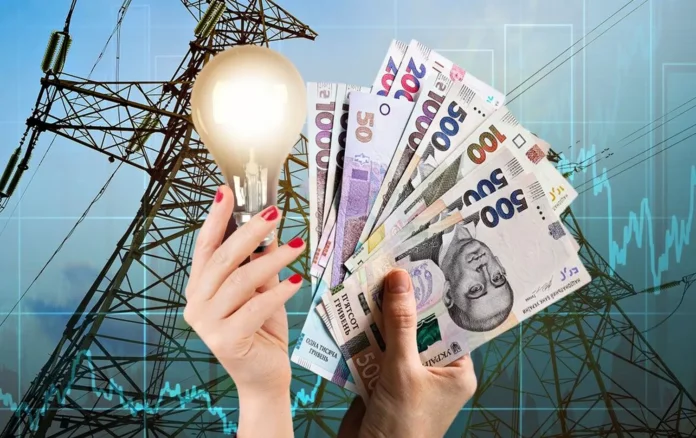Over the past week, Ukraine has been facing a severe energy crisis, with power shortages of several thousand MW during evening “peak” hours. This has resulted in daily losses of approximately 50 million UAH for energy companies due to electricity supply restrictions.
According to reports from the Verkhovna Rada, the Cabinet of Ministers plans to introduce a new electricity tariff starting from June 1st. This news has caused concern among the public, as many fear that this could lead to even higher energy costs for households and businesses.
The current energy crisis in Ukraine is a result of several factors, including an outdated and inefficient energy system, lack of investment in renewable energy sources, and political instability. The country heavily relies on nuclear and coal power plants, which have been struggling to meet the growing demand for electricity.
The situation has been exacerbated by the ongoing conflict with Russia, which has resulted in disruptions to gas supply from the neighboring country. This has put a strain on Ukraine’s energy reserves and forced the country to turn to expensive gas imports from Europe.
The consequences of the energy crisis have been felt across various sectors of the economy. Companies that rely on electricity, such as factories and businesses, have been forced to reduce their production or even shut down completely during peak hours. This has not only led to financial losses but also affected the country’s overall economic growth.
In an attempt to address the energy crisis, the Ukrainian government has implemented temporary measures, such as introducing energy-saving measures and negotiating emergency supplies of coal from neighboring countries. However, these solutions are only temporary and do not address the underlying issues of the country’s energy system.
In light of these challenges, the announcement of a new electricity tariff has been met with skepticism and concern. Many fear that this could further burden already struggling businesses and households. However, the government has assured that the new tariff will be set at a reasonable level, taking into account the current economic situation in the country.
The proposed tariff is expected to reflect the real cost of electricity production and distribution, which has been a long-standing issue in Ukraine. It is also aimed at encouraging energy efficiency and promoting the use of renewable energy sources.
Moreover, the government plans to continue investing in the modernization and diversification of the country’s energy sector. This includes increasing the share of renewable energy sources and reducing dependence on imported gas.
The energy crisis in Ukraine is a wake-up call that highlights the urgent need for reforms and investments in the country’s energy sector. It is a complex issue that requires a comprehensive and long-term solution. The government must work closely with all stakeholders, including energy companies, to develop a sustainable and reliable energy system that can meet the growing demand for electricity.
In the meantime, it is crucial for the public to support these efforts and make conscious efforts to conserve energy. Simple actions such as using energy-efficient appliances and turning off lights and electronics when not in use can make a significant difference and help alleviate the strain on the energy system.
In conclusion, the current energy crisis in Ukraine is a significant challenge, but it also presents an opportunity for the country to modernize and improve its energy sector. The proposed electricity tariff may be met with concern, but it is a necessary step towards addressing the underlying issues and ensuring a stable and sustainable energy supply for the future.

